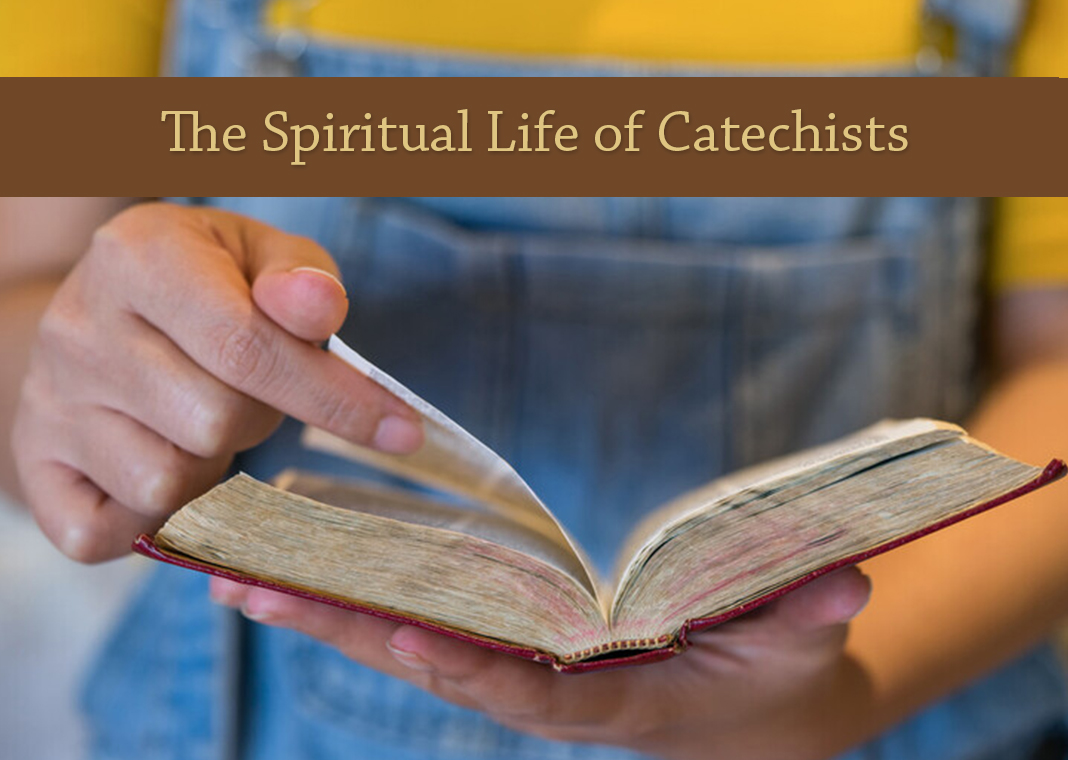
Have you ever encountered truly genuine people, those about whom you can say, “With (name), what you see is what you get”? That’s essential for catechists. The National Directory for Catechesis calls this, “a coherence and authenticity of life.” It is “characterized by [the catechist’s] faithful practice of the faith in a spirit of faith, charity, hope, courage, and joy.” (229)
Coherence and authenticity mean there is no disconnect between a person’s public actions and his or her private life. We can see evidence of the person’s faith, charity, hope, courage, and joy—and not only in church. It’s true in every facet of his or her life. Put simply, a catechist should not have two lives, one in church and another the rest of the time.
What does authenticity look like? Pope Benedict XVI used the term and gave a good example in his 2011 statement for World Communications Day. He urged internet “communication which is honest and open, responsible and respectful of others…A message cannot be proclaimed without a consistent witness on the part of the one who proclaims it.” In other words, one should not say he or she is a Christian but be a “troll” online.
Consistent witness is key for all Christians, but even more so for catechists. The Vatican’s Guide for Catechists explains that, “Before doing the catechesis one must first of all be a catechist. The truth of their lives confirms their message. It would be sad if they did not ‘practice what they preached’ and spoke about a God of whom they had theoretical knowledge but with whom they had no contact.” The document goes on to explain that this is not advice just for priests and religious, but in every life situation it is possible to have a regular and deep prayer life. “The more intense and real one’s spiritual life is, the more convincing and efficacious will one’s witness and activity be.” (8)
Sadly, we all know that sometimes parishes accept volunteers out of desperation rather than real discernment of gifts. Part of ongoing catechist formation should be assisting catechists to develop their spiritual lives. Encouraging them to use the daily Examen would give them a good tool for developing and maintaining authenticity and growing in relationship with God.
Parish leaders seeking new catechists should look for those who live according to the teachings of Jesus and the Church, so that nothing contradicts what they teach. These are the Catholics who regularly attend Mass, who have good reputations and who don’t publicly support positions against Church teaching. They treat people in their family or workplace with love and respect.
True catechists are in a committed, constantly growing relationship with Jesus Christ. They are disciples in all they do—and it shows.





Joyce, I had a funny experience with regards to this topic recently. I had just finished explaining authenticity to a group of catechists, telling them that the joy we share has to be authentic and genuine and within the natural boundaries of our personality. I confessed that I am not naturally a “gusher.” A few minutes after the presentation, we were surprised by the entrance of Chicago Blackhawks superstar Patrick Sharp who was visiting the school and I got to greet him personally and have my picture taken with him. According to those observing (and as recorded in a photo I shared on FB), I gushed like a little child! Thankfully, they said it was authentic because they know what a huge fan I am! 🙂